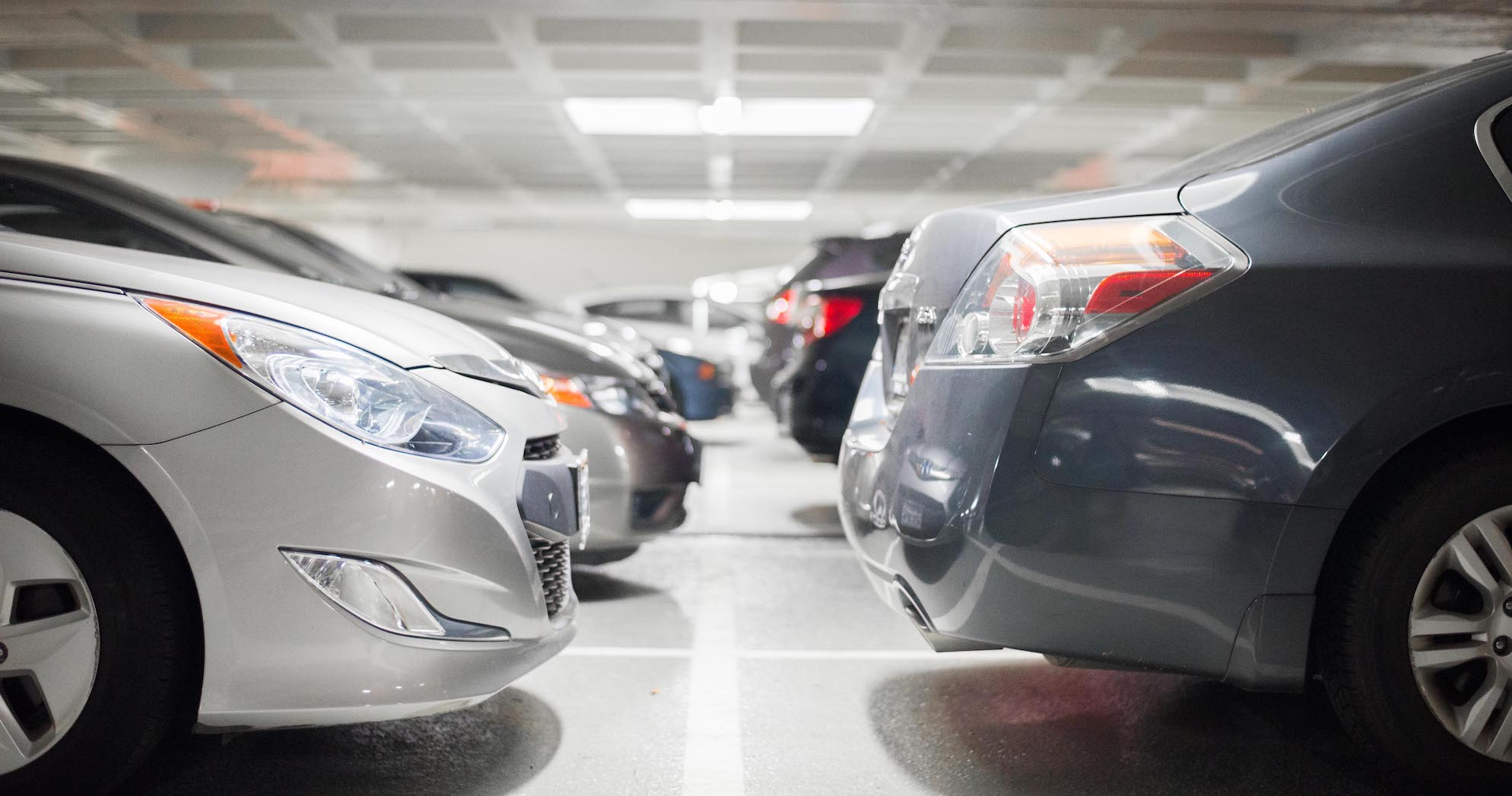By: Mark Lawrence, CEO of SpotHero
Mobility progress doesn’t happen in a vacuum. Parking is there every step of the way too. I believe parking plays an even more foundational role in the future of transportation than the vehicles themselves. That’s why, for SpotHero at least, it’s crucial to work with industry partners and parking operators across America to “future proof” civic infrastructure supporting multi-modal transportation. We need to do everything we can to improve the parking and driving experience today – and commit to innovating it for years to come.
The future of parking is off-street
Ridesharing vehicles, scooters, dockless bikes and flying taxis all have something in common: they need a place to park. Today, 30% of city traffic on the road at any one time is the result of cars looking for parking – or if you’re a rideshare driver, idling until a rider shows up. That won’t change with innovations like driverless vehicles or tech-driven improvements to current transportation options. Which begs the question: where do we put them all?
If you ask me, that’s where off-street parking garages can come in – offering much-needed relief to crowded roads. Eliminating on-street parking – especially in busy neighborhoods and downtown areas – could offer extra lanes for bikes, scooters and rideshare traffic and reduce congestion. Meanwhile, off-street garages, lots and ridesharing service centers like those from Uber and Lyft offer space for parking, servicing and accessing evolving personal transportation options. Value-added services like charging, light maintenance and fleet management provide revenue generation opportunities for the $100 billion parking market to support the dynamic multi-modal transportation industry fueling urban mobility.
Driver or driverless: a practical approach to enhancing parking infrastructure
At SpotHero, we’re laser-focused on tackling the mobility issues of today – from traffic congestion to more accessible parking options. That said, we do recognize that autonomous vehicles promise to revolutionize the way we think about mobility, and push mobility leaders to rethink how we move around congested cities. Before we can truly unleash self-driving’s mainstream potential, however, we need the right physical and digital infrastructure in place to support them.
Autonomous vehicle-ready parking facilities actually exist today. In fact, SpotHero’s native platform called HeroConnect already makes it possible for self-driving vehicles to find and book a parking space, pay, and enter and exit the facility autonomously. What we’re doing is building a digital infrastructure to power the future of transportation, wherever that may take us. The best part: our platform also serves as the connective tissue between current drivers, vehicles, garages, car manufacturers and cities to help them communicate, exchange data and transact payments seamlessly.
The state of parking – and driving
A lot has changed since we launched SpotHero in 2011. Shifting demographics spurred a resurgence of city living, concentrating 82% of North Americans in urban areas, and unprecedented smartphone connectivity has transformed people’s expectations of everyday experiences with seamless transactions. At the same time, urban mobility has undergone transformational change.
In cities around the United States, an unfettered explosion of ridesharing in recent years has led to more congestion and traffic, not less as promised. In New York City, for example, there’s been a 59% increase in ride-for-hire vehicles on city streets, slowing average speeds during business hours to just six miles per hour – a 15% decrease since 2010. Further, 37% of rideshare users cite not wanting to look for parking as the number one reason they hail a ride. As many as 50% of ridesharing vehicle are “dead heading” at any given time– driving around empty while waiting for passengers. The result is an increase in wear and tear on city streets, reduced funding for public transit, and escalating congestion.
Parking innovation needs to be at the heart of the greater urban mobility discussion. Yet for all the hype around electric scooters and hyperloops, the parking industry is routinely pronounced dead, or overlooked altogether. It’s clear that there is a very real, and escalating, need for modern infrastructure solutions that will prepare cities for the next generation of urban mobility. We know that congestion hinders the progress of urban mobility, but simply investing in more vehicle innovation – self-driving cars, scooters, flying taxis, or otherwise – won’t reduce it. A better parking infrastructure will.
*This post originally published in Jefferies Mobility Technology Weekly newsletter on August 6, 2018.
